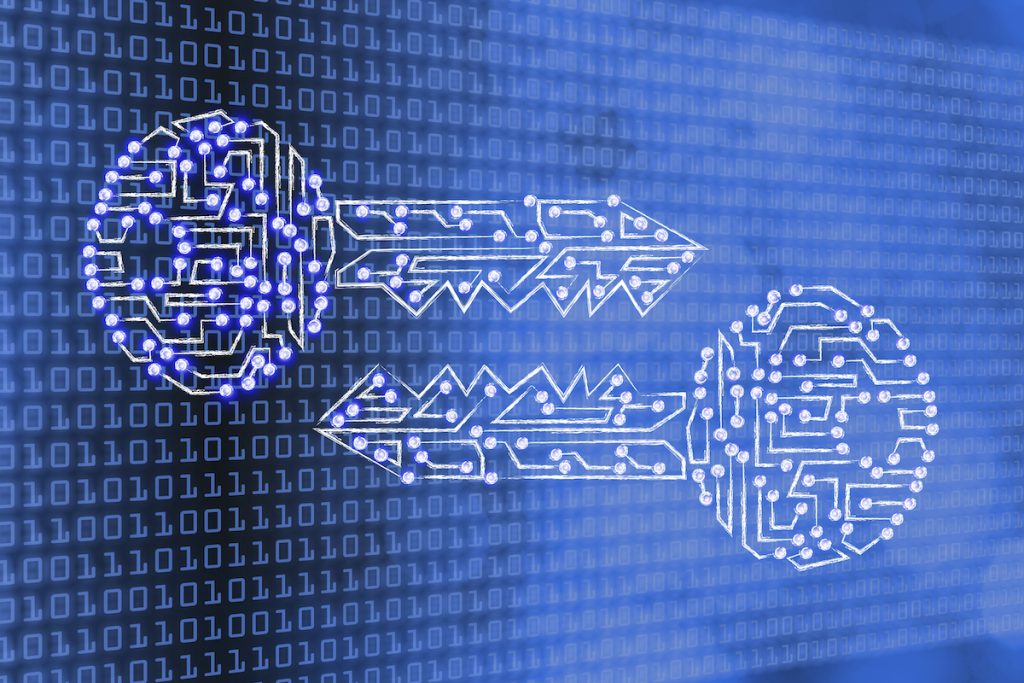With Quantum Encryption: Securing Communication in the Quantum Era, we are witnessing an evolutionary leap in the field of telecommunication brought about by the advent of quantum computers. Quantum computer systems employ the principles of quantum mechanics to perform calculations far beyond the capabilities of classical computers. Quantum key distribution takes advantage of this phenomenal power – amplifying the security of information transfer and marking a significant milestone in the quantum era.
The Imperative for Quantum-Grade Protection
As we progress into a data-centric world where each of our keystrokes gets archived, the necessity for secure communication rises exponentially. Quantum encryption provides a layer of security that traditional methods cannot match. Just as quantum computers outperform classical computers, quantum encryption outshines conventional encryption methods, potentially ensuring safe financial transactions and secure communication.
Quantum Key Distribution and Security Principles
An Introduction to Quantum Key Distribution
Quantum key distribution, often abbreviated as QKD, is a method which Quantum computers harness to propagate cryptographic keys. This technique is grounded in the principles of quantum mechanics – specifically leveraging the uncertainty principle. By using quantum key distribution QKD, quantum computers generate uncorrupted and secret keys, essentially making quantum key a game-changer in secure communication.
Quantum One-Time Pad: The Game Changer
Operation of Quantum One-Time Pad
A quantum one-time pad circles back to the principles of quantum to create an unhackable strategy. As a result of key distribution QKD, a pair of users can generate a quantum key, which, akin to a conventional one-time pad, is as long as the message it protects. Utilizing quantum states guarantees that any interference with the key or the message gets alerted to discourse parties.
The BB84 Protocol: Building A Secure Future
Understanding the BB84 Protocol
The BB84 Protocol, the widely used and the earliest quantum key distribution protocol named after its inventors, Charles Bennett, and Gilles Brassard, uses one of four polarization states to transmit each bit. Moreover, this protocol can detect the presence of any eavesdropper by using quantum bits (qubits) instead of the ordinary binary bits in classical computers.
Ensuring Robust Quantum Resilience
Navigating Challenges in Implementation
For all the promise QKD brings, practical application of quantum key distribution can face obstacles. Quantum communication through fibers is prone to errors induced by the fiber and by noise in detectors. Nevertheless, scientists are already working towards quantum-safe means to counter these issues, bringing us one step closer to ubiquity in quantum encryption.

Quantum Security and Practical Application Context
Commercial Landscape of Quantum Security
The security afforded by post quantum cryptography, upon the full realization and implementation of quantum computers, will be indispensable across sectors. Be it securing intellectual property rights reserved by businesses or generating a new range of quantum-safe products, post quantum cryptography is set to thrive in a commercial landscape by protecting vital information to secure communication.
Unveiling Quantum Cryptography
Who Invented Quantum Cryptography?
Quantum cryptography, also known as cryptography quantum, traces its origin back to the work of Stephen Wiesner, then at Columbia University in New York, who introduced the concept of quantum money in the late 1960s, and Gilbert Vernam’s invention of the one-time-pad cryptographic algorithms – creating an era of quantum computing.
Decoding Quantum Encryption
Safety Aspects of Quantum Encryption
The crucial allure in quantum encryption is its nature of being intensely secure. Using a quantum computer, encryption algorithms are robust no matter the complexity of mathematical problems involved, thus providing unprecedentedly safe encryption methods.
Future Outlook: Post-Quantum Cryptography
Quantum Cryptography Vs Post-Quantum Cryptography
While quantum cryptography leverages the principles of quantum mechanics to secure data, post quantum cryptography is driven by the mission to construct new algorithms and cryptographic systems that can withstand the onslaught of quantum computers. Whatever the future holds, robust and reliable quantum-safe encryption methods will continue to dominate in the era of quantum computing.
Conclusion: Looking Beyond the Quantum Horizon
Quantum Computing in the Cybersecurity Domain
As we stride deeper into the era of quantum computing, quantum mechanics and cryptography are uniting to fortify future encryption methods. Post-quantum cryptography is poised to redefine online security even as the potential of quantum computing fuels the demand for tougher decryption measures. The evolution of these two parties – classical and quantum – will depend on how well we comprehend and leverage the principles of quantum, bolstering breakthroughs in quantum key generation. Indeed, the quantum era is just beginning.
